Topic: Canadian Militia
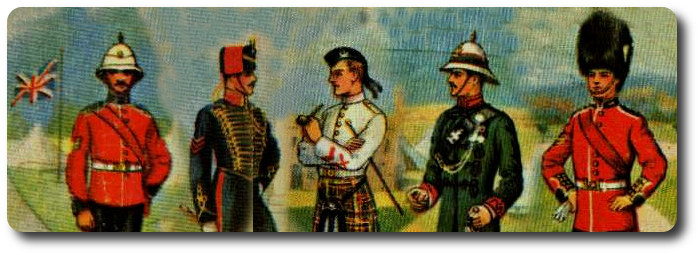
Some Reserve Units to be Disbanded or Merged With Others In Shake-Up (1954)
Ottawa Citizen, 21 June 1954
The reserve army is to be shaken up.
Announcement was made in the Commons last night near the end of the day-long scrutiny of the $2,000,000,000 defence appropriations which were approved.
Number of reserve force units will be substantially reduced but there was no immediate indication which units will be disbanded or merged with others.
Maj.-Gen. G.R. Pearkes, VC (Esquimalt-Saanich), progressive Conservative military critic, asked that names of units to be merged, disbanded or otherwise affected by published as soon as possible so that commanders can plan training schedules.
Earlier, Opposition Leader Drew said the 57,000-member reserve force---to be renamed the militia---is less capable of assuming its responsibilities in case of an emergency than at any time in the last 50 years.
For that reason the government should make public the report on the reserve army prepared for the Defence Department and which served as the basis for the sweeping changes in militia reorganization.
Claxton Statement
Mr Claxton said:
"There will be an extensive reorganization of militia units to relate them more closely to possible wartime requirements, effective peacetime training and local support.
"The changes proposed are planned to tap the resources of interested and available personnel so as to provide the best basis for the build-up of forces that may be required in the second or later stages of another world war.
"The over-all number of units will be substantially reduced. It is expected that at the outset these changes may result some reductions in the total number of officers and men on strength. But it is expected that they will result in more effective use of personnel.
"It is hoped to work out all these changes so that there will be as few as possible actual disbandments and no loss of existing support or local interest."
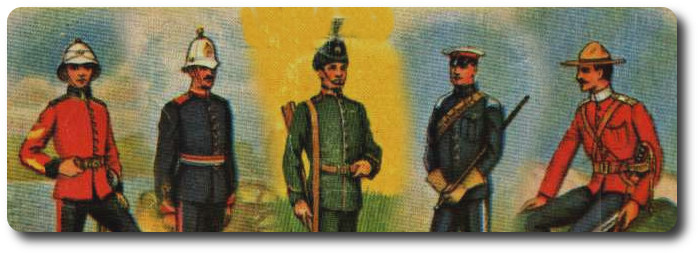
Major Changes
Some of the major changes:
1. Maj.Gen. H.F.G. Letson of Vancouver, one of three reserve force officers who wrote the report, is to be adviser on militia matters to the chief of the general staff. The other two authors were Maj.-Gen. Howard Kennedy of Ottawa, chairman, and Maj.-Gen. E.J. Renaud of Montreal.
2, Minimum attendance equivalent to 15 days' training will be necessary before a militia member is entitled to receive pay.
3. A new bonus will be [paid each member attending annual campo provided he has attended not less than 75 percent of local unit training in the six months preceding camp.
4. Income tax will be deducted at source for all members unless a member claims that his total next taxable income is below the minimum taxable and requests that no deductions be made.
5. Present brigade and other formation headquarters will be replaced by a new type to be known as militia group headquarters.
6. A number of artillery units will be converted to armored units; "excess" anti-aircraft will be converted to other types of artillery or amalgamated with units of other corps; coast defence units will become harbor defence units.
7. A new directorate combining militia and cadets will be set up at army headquarters.
8. Additional facilities will be provided for the militia "as funds permit."
Mr. Claxton said the militia itself approves of the reorganization and the changes had been discussed with the Conference of Defence Associations, which represents the 12 corps associations and all reserve force units in Canada.
Main Points
During the long debate on the service appropriations, these were some of the points made:
1. Mr. Claxton said Canada would be expected to supply a full division in Europe in event of war. Equipment was being stockpiled in Europe for it.
2. Gordon Churchill (PC, Winnipeg South Centre) said the Canadian Army has too little armor.
3. Mr. Claxton said the army is trying to develop a new armored personnel carrier.
4. Mr. Claxton indicated that he favors adoption of the Belgian .300-caliber Fabrique Nationale rifle as the army's standard infantry weapon. The standard rifle now used is the .303 Lee-Enfield.
5. Douglas Harkness (PC, Calgary North) contended that the army's equipment is inadequate and outdated.
6. Mr. Claxton said it would be impossible to close down RCAF fields near commercial air lanes as an air safety measure.


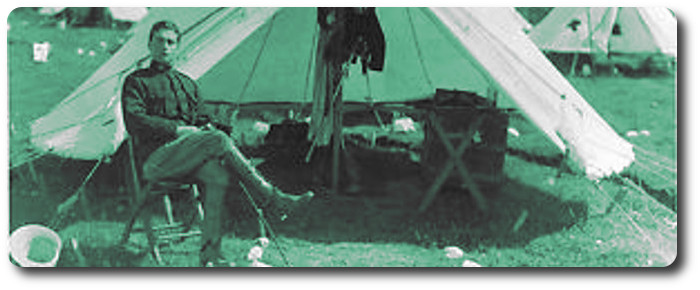
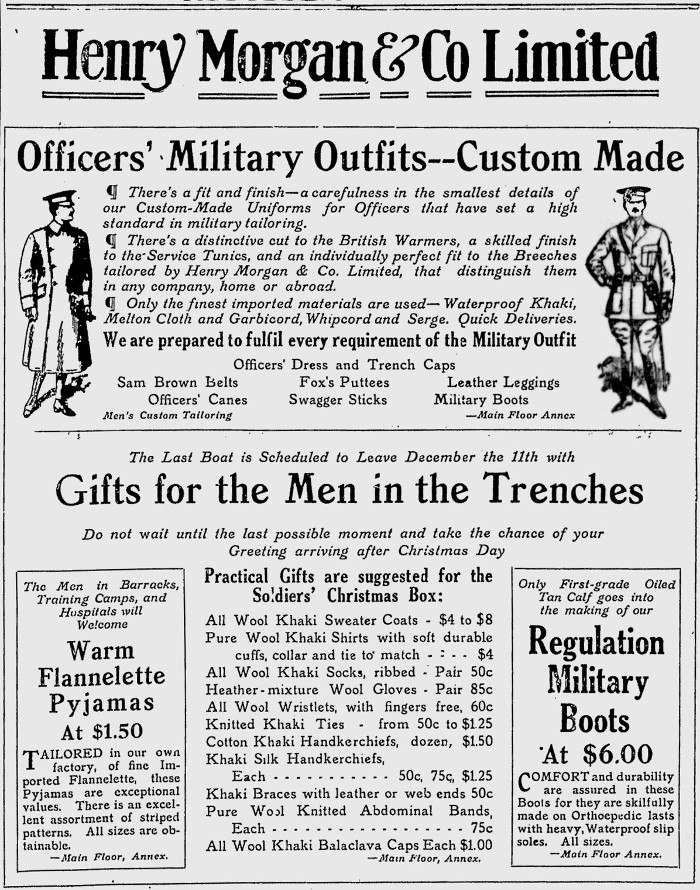


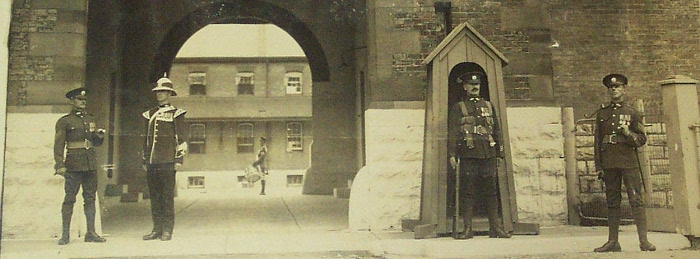


 60. The officer commanding any military district or division, or the officer commanding any corps of active militia, may, upon any sudden emergency of invasion or insurrection, or imminent danger of either, call out the whole or any part of the militia within his command, until the pleasure of Her Majesty is known, and the militia so called out by their commanding officer shall immediately obey all such orders as he may give, and march to such place "within or without the district or division as he may direct."
60. The officer commanding any military district or division, or the officer commanding any corps of active militia, may, upon any sudden emergency of invasion or insurrection, or imminent danger of either, call out the whole or any part of the militia within his command, until the pleasure of Her Majesty is known, and the militia so called out by their commanding officer shall immediately obey all such orders as he may give, and march to such place "within or without the district or division as he may direct." 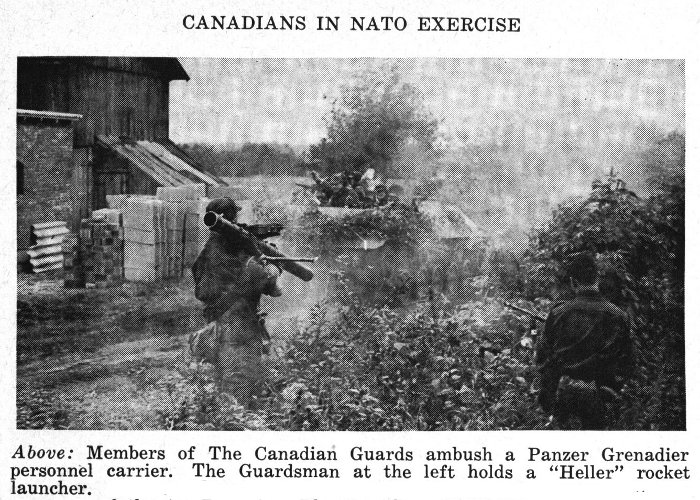

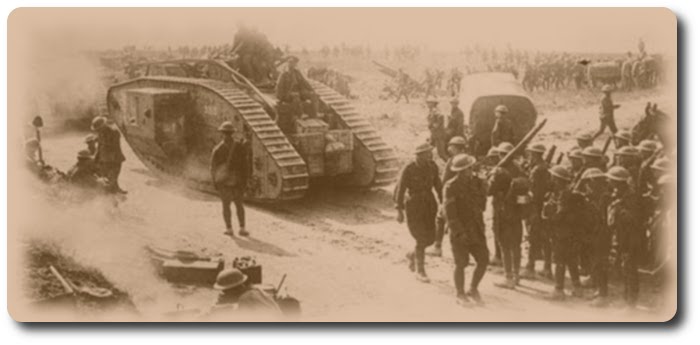

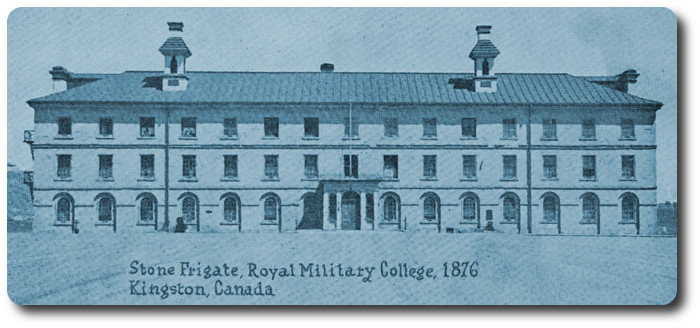
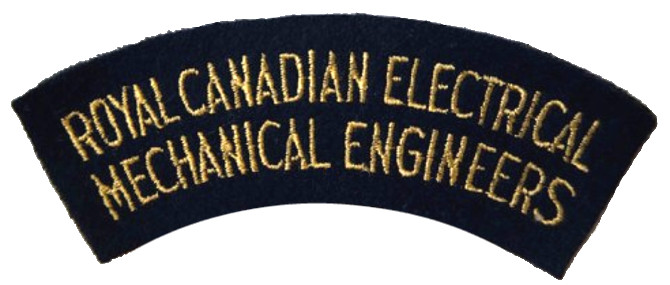

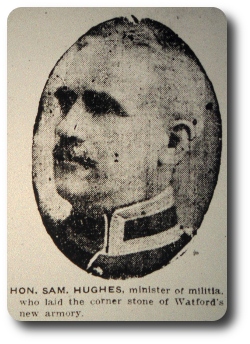 Col Hughes' Vagaries
Col Hughes' Vagaries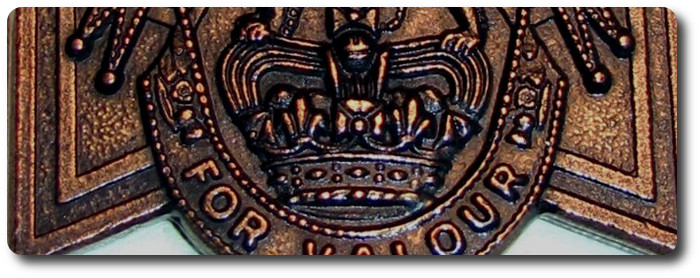
 "For Valour" is the simple inscription for this most prized of all decorations, the Victoria Cross. Fashioned from a piece of bronze weighing but 434 grains, with an intrinsic value of tenpence, it stands as a means of rewarding individual officers and men of the army, navy and air force who might perform some signal act of Valour or devotion to their country in the presence of the enemy. Civilians of both sexes are eligible for its award under certain conditions. Generally the deed which won it is a condensed bald statement reading like a definition in a dictionary. These are always notified in the London "Gazette.' There are, however, many other incidents connected with its history that are not generally known.
"For Valour" is the simple inscription for this most prized of all decorations, the Victoria Cross. Fashioned from a piece of bronze weighing but 434 grains, with an intrinsic value of tenpence, it stands as a means of rewarding individual officers and men of the army, navy and air force who might perform some signal act of Valour or devotion to their country in the presence of the enemy. Civilians of both sexes are eligible for its award under certain conditions. Generally the deed which won it is a condensed bald statement reading like a definition in a dictionary. These are always notified in the London "Gazette.' There are, however, many other incidents connected with its history that are not generally known.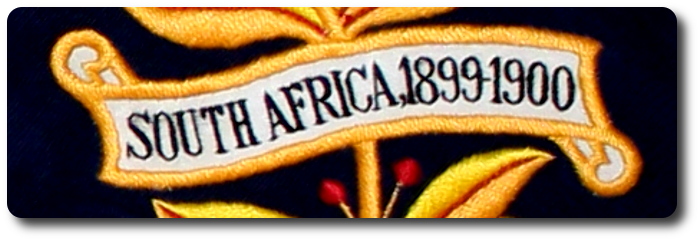
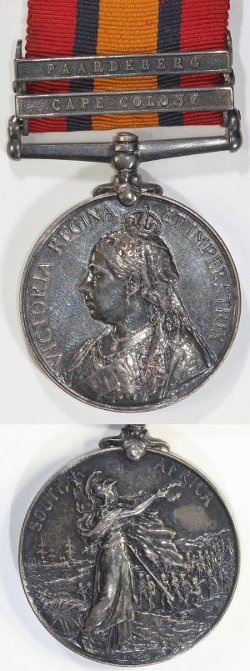 Ottawa, Sept. 13.—Ever since the publication of regulations respecting the presentation of the South African Medals, there has been dissatisfaction among the Ottawa men, who are entitled to this recognition. Many of the men are not now members of the militia, but a considerable number are still enrolled in the Ottawa regiments. A meeting was held last evening, at which both classes were represented, about 40 being present. It was then decided to disregard the regulations and parade to receive medals wearing khaki uniform. Their decision soon reached the ear of the military authorities, as a result which the following order was promulgated today:
Ottawa, Sept. 13.—Ever since the publication of regulations respecting the presentation of the South African Medals, there has been dissatisfaction among the Ottawa men, who are entitled to this recognition. Many of the men are not now members of the militia, but a considerable number are still enrolled in the Ottawa regiments. A meeting was held last evening, at which both classes were represented, about 40 being present. It was then decided to disregard the regulations and parade to receive medals wearing khaki uniform. Their decision soon reached the ear of the military authorities, as a result which the following order was promulgated today: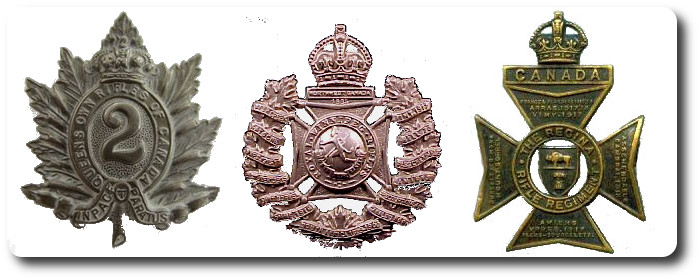
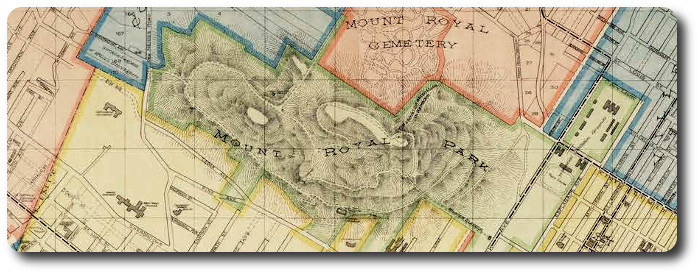
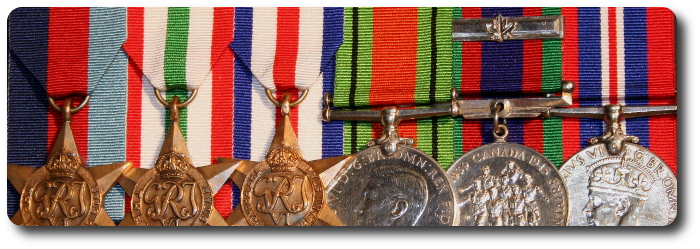


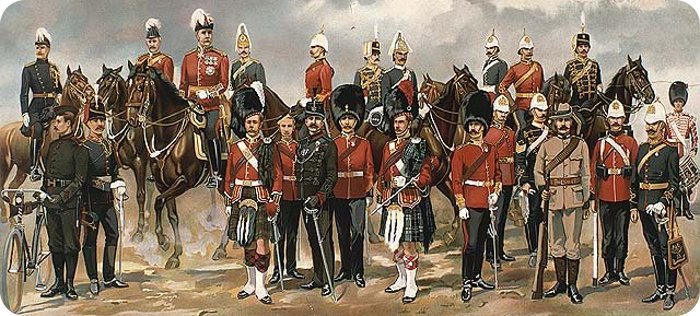

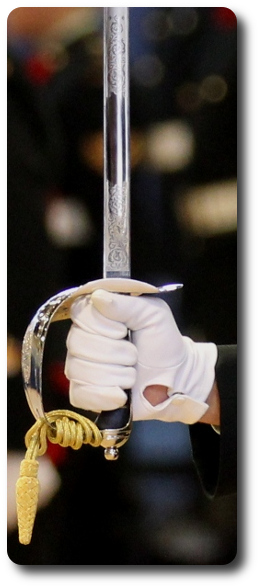 After the ceremony has been performed and the couple start to leave, the ushers draw their sabers—or swords for navy—at the command "Draw Sabers" (from one of the ushers) at the foot of the chancel steps and the bride and bridegroom pass beneath the arch. After they have passed through the ushers each take a bridesmaid down the aisle and out of the church. In marching out of the church, the bridegroom, best man and ushers offer their right arms to the bride, maid-of-honor and bridesmaids, thus avoiding entanglement of sabres or swords and dresses, and leaving the left hand free to carry the cap.
After the ceremony has been performed and the couple start to leave, the ushers draw their sabers—or swords for navy—at the command "Draw Sabers" (from one of the ushers) at the foot of the chancel steps and the bride and bridegroom pass beneath the arch. After they have passed through the ushers each take a bridesmaid down the aisle and out of the church. In marching out of the church, the bridegroom, best man and ushers offer their right arms to the bride, maid-of-honor and bridesmaids, thus avoiding entanglement of sabres or swords and dresses, and leaving the left hand free to carry the cap. The Canadian Regiments of Infantry and Rifles as classified as being either City or Rural.
The Canadian Regiments of Infantry and Rifles as classified as being either City or Rural.
